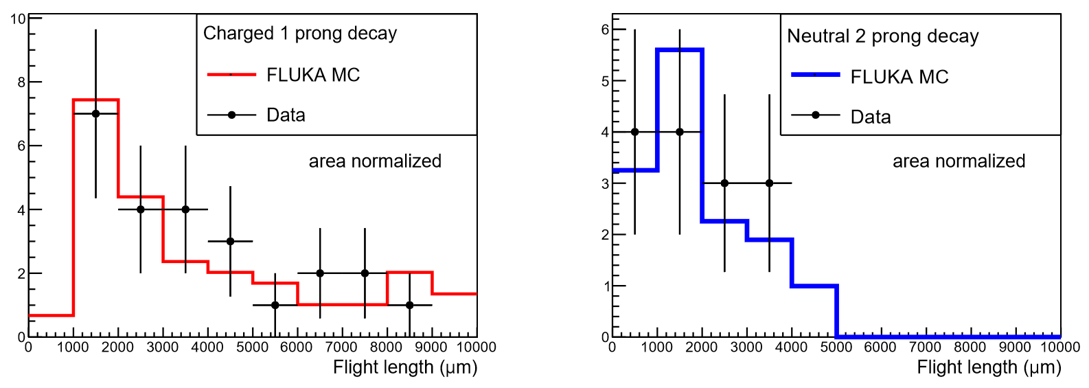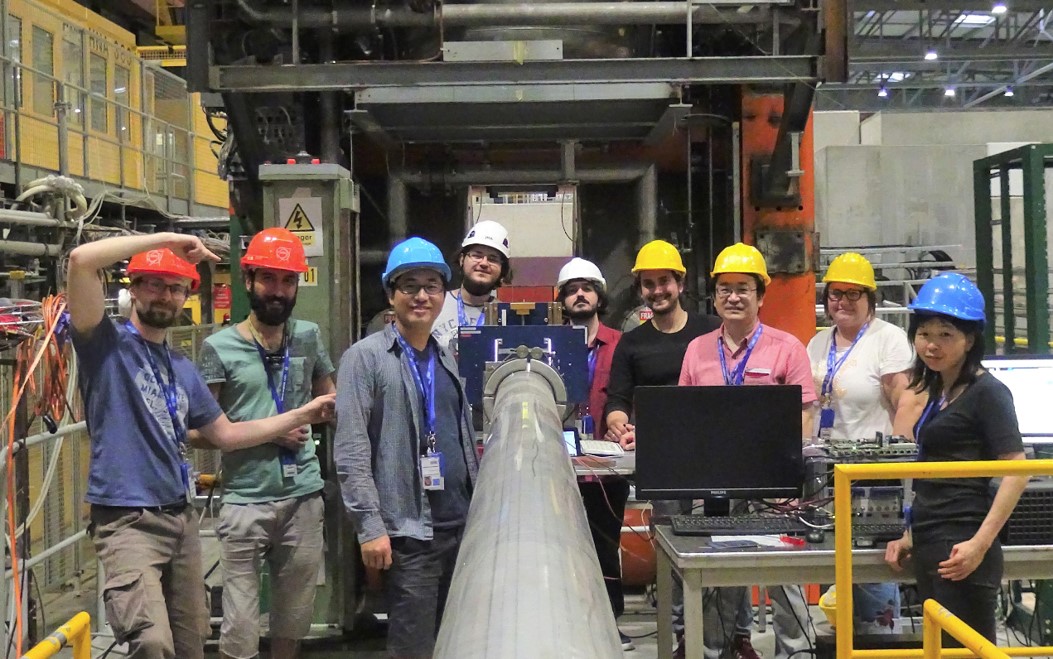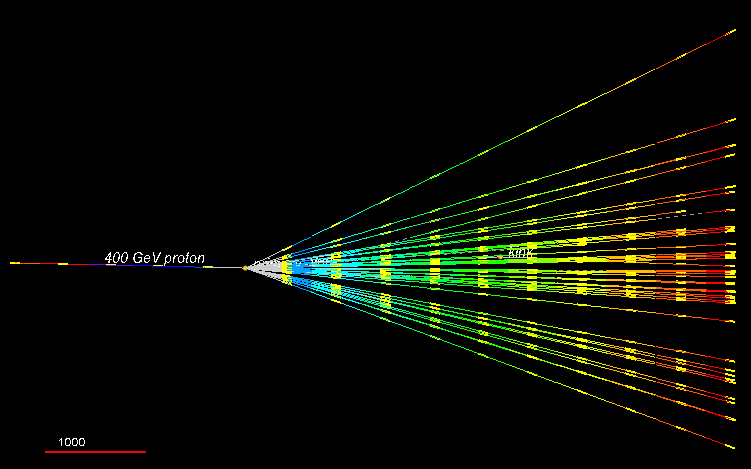

A paper describing DsTau's physics goals, design and results from beam tests has been accepted by JHEP for publication.
A great news arrived. DsTau was approved by CERN as a CERN experiment! An experiment number NA65, which means 65th experiment at the North Area, is given to DsTau. Congratulations to everybody. The real endevor will start from here!
A paper descrbing our motivation, detector setup and analysis scheme was submitted. The preprint is available here .
In the 133rd meeting of the SPSC, the SPSC recommended approving DsTau. Now we wait for the decision of the CERN Research Board, which will be held in the middle of June.
It is time for the annual review. The status report of DsTau was submitted. And, an open presentation was given by A. Ariga in the 133rd meeting of the SPSC. The increased statistics of double charm candidates has allowed us to analyze them in a statistical way.
A JSPS grant (KAKENHI): Fund for the Promotion of Joint International Research (Fostering Joint International Research (B)) was approved, which would cover the major cost of the 2021 run.
The pilot run before the long shut down of the CERN accelerator complex (LS2) was performed at the CERN SPS H2 beamline from 22nd to 29th August. It is a 1/10 scale experiment with respect to the full physics program. Ten collaborators from the DsTau collaboration joined this campaign. All the planned programs were completed thanks to the excellent performance of the accelerators. Now we are developing and analysing data. We are aiming to revise the past tau neutrino cross-section result with this data, by reducing its systematic uncertainty.

An article concerning the DsTau project was published in the newsletter of the CERN EP department (https://ep-news.web.cern.ch/, or the direct link to the article). This article was written by A. Ariga (LHEP) and T. Ariga (LHEP and Kyushu University), and explains an overview of the project. DsTau is getting the communityfs notice.
The film production in Nagoya (about 25 m^2, 50% of the total to be produced) has been started. Colleagues from Russia, Romania, Trukey as well as Japan are working hard.
The Turkish group is actively participating for the construction and data analysis of DsTau. The funding for next 3 years has just been approved.
T. Ariga gave a presentation concerning the DsTau proposal at the open session of the SPSC held on 22nd January 2018 (https://indico.cern.ch/event/694185/). The first double charm candidate from the beam test was also reported. As the outcome of the SPSC, our beam schedule for the 2018 run was fixed at the end of August for 1 week. Furthermore, the beamtime request for 2021 (Physics run) was recommended by the SPSC.
The beamtime request for 2018 (Pilot run) has been approved by the CERN SPSC (SPS PS Scientific Committee) on 17th October 2017. The 2018 run will be used to establish analysis scheme for the physics run beyond the long shutdown of the CERN accelerator complex (LS2).
The Japan Society for the Promotion of Science funded the pilot run in 2018 in the framework of Grant-in-Aid for Research Activity start-up.
The proposal of DsTau , titled "Study of tau-neutrino production at the CERN SPS" (SPSC-P-354) was submitted to SPSC.
Tau neutrino :The least known standard model particle Key to explore new physics |
|
Direct observation of tau neutrino productionMeasurement of Ds→τ→X decays Detection of double kink topology. |
 |
 |
 |
International collaboration:Young, experienced and talented And we need you! |
 |
 |
 |



 Movie of the target mover
Movie of the target mover


Try mouse click to rotate.
Zoom Highlight double charm Animation
Red scale bar = 500 micron. Mouse drag to rotate. Wheel or slide bar to zoom. Open with new tab (recommended).
 Movie of the event display
Movie of the event display